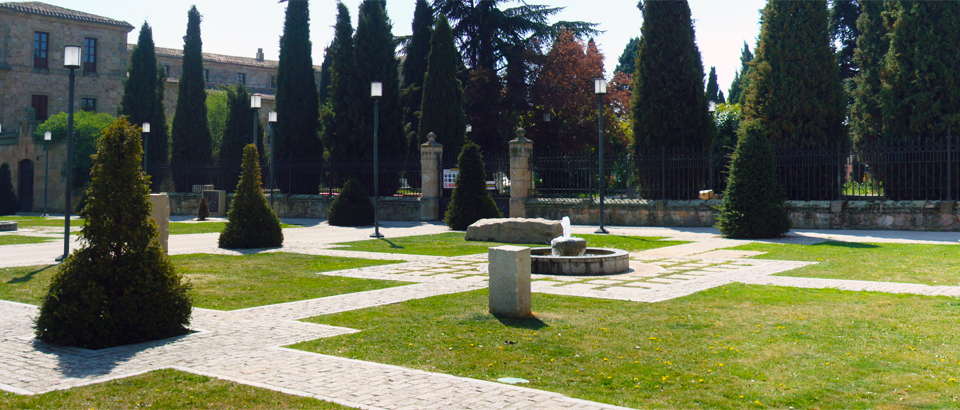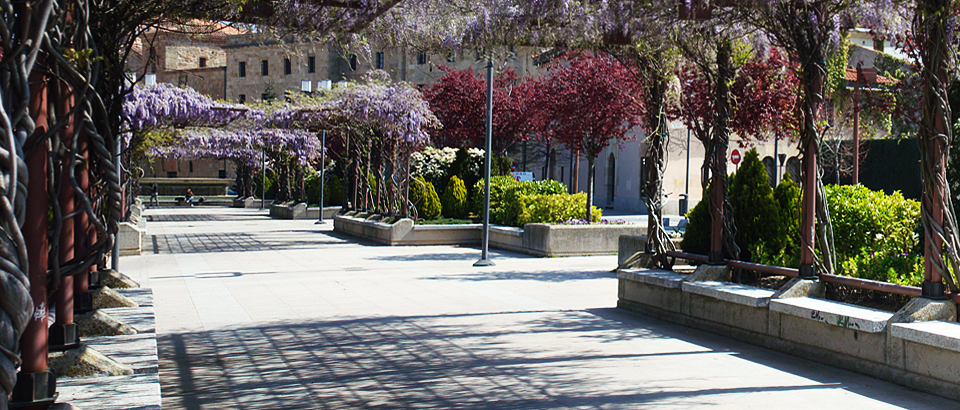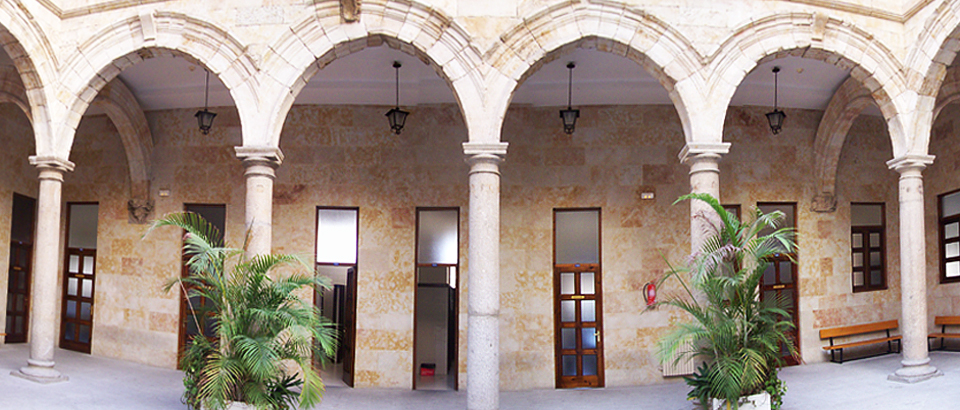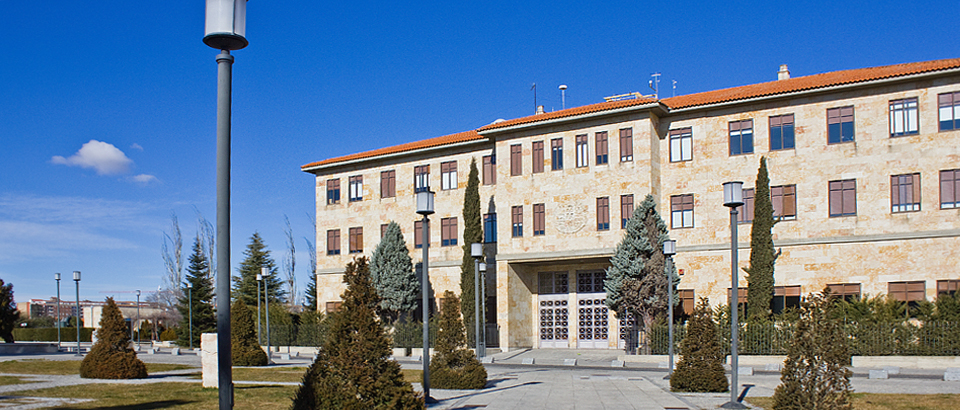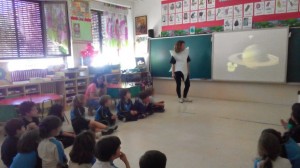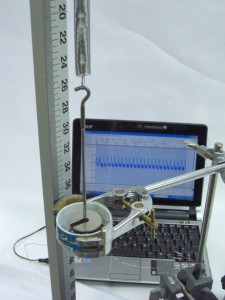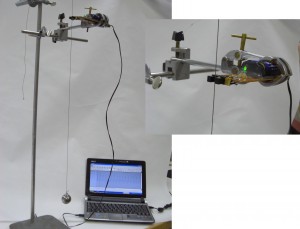Quiero compartir con vosotros una experiencia de divulgación científica con alumnos de 3º de Educación Infantil.
El tema a trabajar es el Universo, y entre los profesores de la Universidad de Salamanca Ana García Flores, Luis López Díaz y yo (María Jesus Santos) hemos tratado de acercarles algunos conocimientos de Física relacionados con la Fuerza Gravitatorio, Rotación, ademas de presentarle a Galileo Galilei y su telescopio, todo a través de experiencias.
Hay que realizar un esfuerzo de adaptación al nivel de estos niños de 5 y 6 años, pero siempre es gratificante. Les encantan los experimentos. Y esto debemos aprovecharlo para atraerles al mundo de la Ciencia.
Dejo aquí un enlace a un vídeo con un pequeño resumen de la actividad.


